

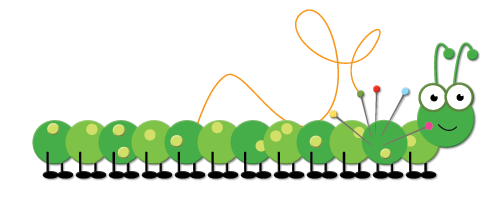
Cutting
Tools for cutting
Tools you'll need for cutting depend mostly on your preferences.
The standard items would be:
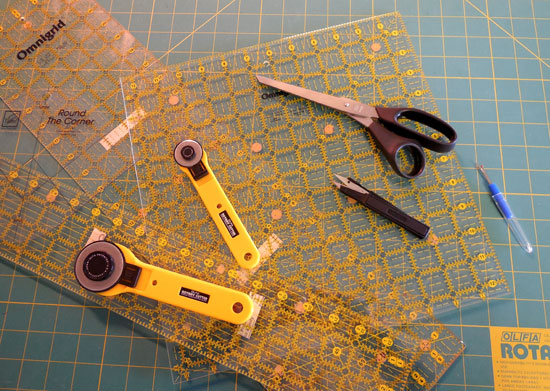
Cutting mats are self-healing which is made out of a special material that absorbs the cuts you make and should be used with your rotary cutter. I prefer to use a 23" x 35" cutting mat which will handle almost anything you tackle. You can purchase cutting mats in several sizes.
Clear rulers are used for measuring to line up your fabric edges with the lines on the ruler to cut accurately with your rotary cutter. I put sandpaper grips on the back of my ruler to prevent them from slipping. Also placing your hand on the ruler correctly will help prevent slipping.
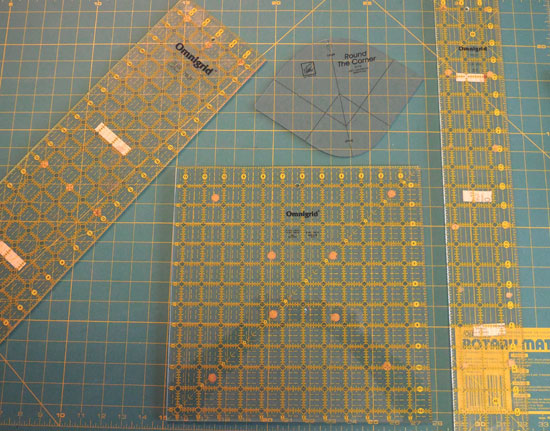
Preparing Your Fabric
Pre-washing your fabrics removes chemicals and shrinkage happens prior to making your quilt. Fabrics shrink at different rates and sometimes the quilt size will change. I prefer to use Ivory laundry soap and add some Shout Color Catchers which will prevent bleeding of colors used in the fabrics. Reds and blues tend to bleed so I make sure to use the Shout. I do not use regular laundry detergents because they strip the color from cotton fabric.
Not pre-washing your fabric is acceptable. When you do wash and dry your quilt, it will have a wrinkled look which reminds me of the look of antique quilts. Some quilters prefer working with fabric that has the sizing in it handling and cutting. Always iron your fabric before cutting so your cuts are accurate.
Cutting
Cutting your fabric to the correct measurements is important. Using a cutting mat, rotary cutter and clear ruler will help you cut accurately. Always close your rotary cutter when you are finished making a cut.
You will need your rotary cutter with sharp blade, cutting mat and ruler. Rotary cutting can be fast and accurate. Always close the blade of your rotary cutter when not using! The blade in your rotary cutter needs to be sharp or you will have jagged edges when cutting your fabric.
When fabric comes off the bolt it is not folded correctly and the edges are uneven. I square up my fabric edge first by folding in half and lining up the selvedge edges so it lays flat without any wrinkles. I fold the fabric again bringing up the folded edge to the selvage edge before cutting. This gives me shorter cutting distance and I don't have to move my hand. Your cuts will be straight and your will be cutting with the straight of grain of the fabric.
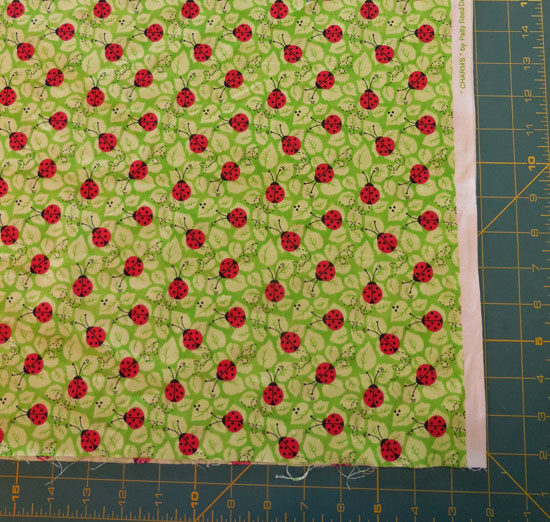
Before cutting, line up the folded edge of your fabric with a horizontal line on the cutting mat. Place your ruler along a vertical line on the mat for a straight cut. If you are right handed the bulk of the fabric will be on your right. The first cut you will make is to trim off just enough fabric to make a straight edge.
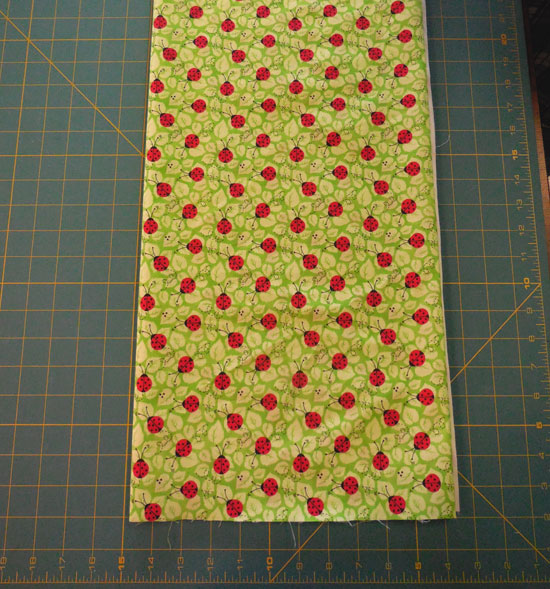
Fold your fabric again lengthwise bringing the folded edge down to line up with the selvage edge. This will give you a shorter cutting length and you won't need to reposition your hand when you cut.

Now you're ready to cut your strips. Using 2½" strips as an example, line up the edge of the fabric with the 2½" mark on the ruler. Make sure the 2½" mark lines up all the way down the edge of the fabric.
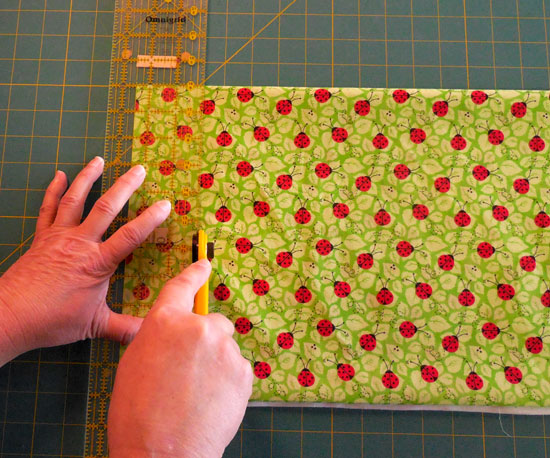
Put your left hand on the ruler, spreading your fingers on the ruler for stability. I put two fingers off the ruler and on the mat for additional stability. Keep the rotary blade flush against the ruler, cut away from yourself and down the right side of your ruler. Reposition your hand up your ruler so that you never cut beyond your hand position. Check the first strip you cut and make sure it is straight. If it isn't straight square up your fabric again and cut again. After you cut your strips you can sub cut them as needed for your pattern.
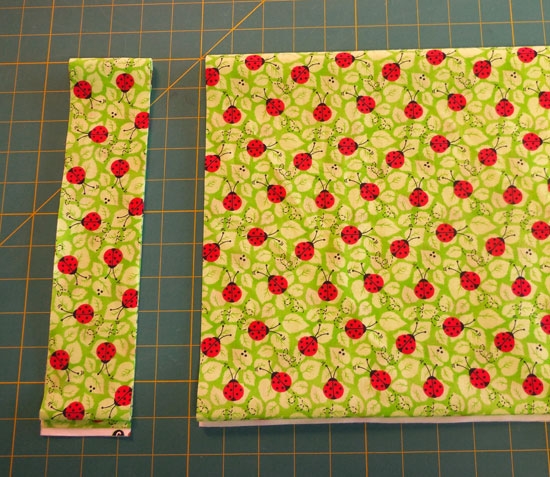
Size troubles?

Take a look here, it may be just what you're looking for.

Block Party
Check out our block of the month!

Ask Riina!
Stuck and not sure what to do?
